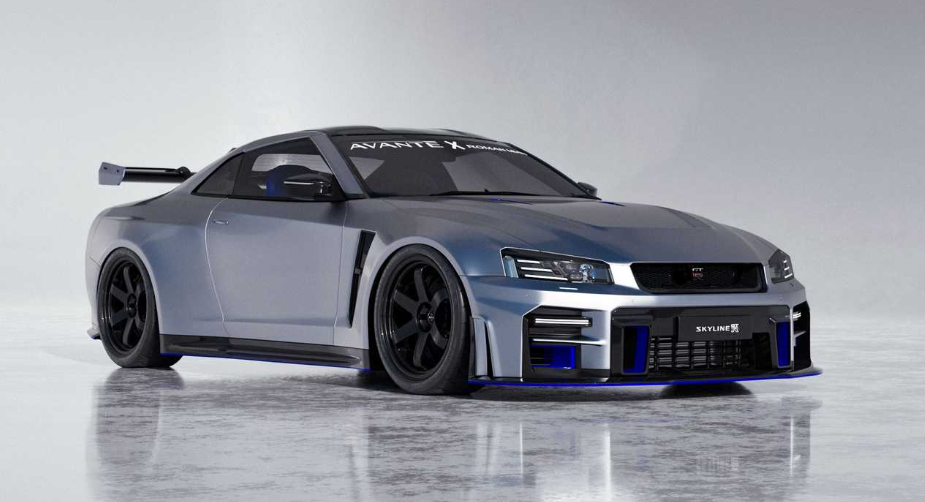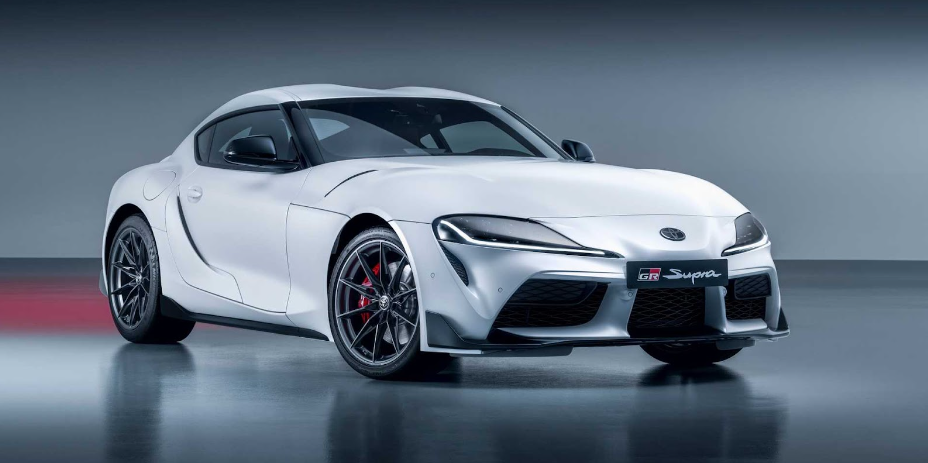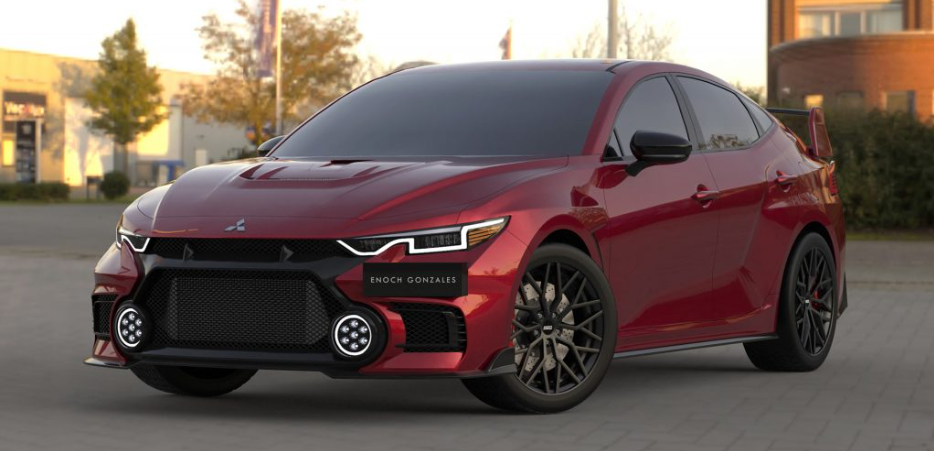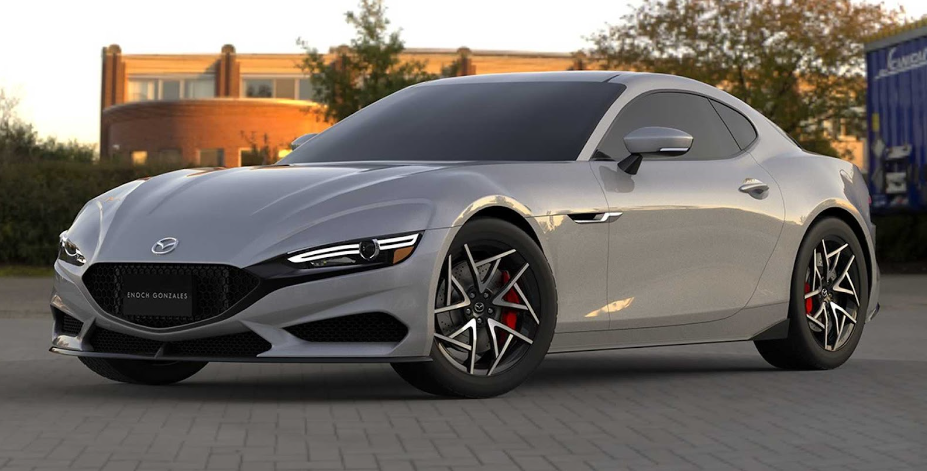Japan has been at the forefront of the automotive industry for decades and its supercars are some of the most sought-after vehicles in the world. From the legendary Nissan Skyline GT-R to the iconic Toyota Supra, these cars have set the bar for performance and style. And with the recent surge in the popularity of Japanese supercars, it’s no wonder that many enthusiasts are eager to explore this world. This guide will provide an overview of some of the best Japanese supercars, as well as their highlights, to help you decide which one is right for you. Whether you’re a die-hard fan of classic models or are looking for the next generation of supercars, this guide will provide you with the information you need to make an informed decision. So let’s get started and explore the world of Japanese supercars!
Nissan Skyline GT-R

The Nissan GT-R is one of the most iconic Japanese supercars ever made. Developed to be a race car for the road, it has a reputation for being one of the most capable and refined performances cars ever put into production. The GT-R is instantly recognizable thanks to its unique shape, which was designed to optimize airflow for better aerodynamics and handling.
Under the hood, it packs an astonishing 545 horsepower thanks to its 3.8-liter V10 engine. Along with the legendary Nissan Skyline GT-R, the GT-R is the pinnacle of Nissan’s racing heritage. It’s been setting records in the racing world since it was first released back in 1989. In a straight line, it reaches 100 mph in just 5.2 seconds.
The GT-R is also one of the most technologically advanced Japanese supercars ever made. It offers everything from adaptive suspension and traction control to a GPS navigation system. The GT-R is also one of the most comfortable supercars available. It has plenty of space inside and is equipped with a luxurious interior. It’s also one of the most reliable cars out there. Many GT-Rs are reaching high mileage milestones like 200,000 miles and beyond. The GT-R is also one of the most reliable and durable cars ever made.
Toyota Supra

The Toyota Supra is one of the most recognizable Japanese supercars ever made. With its long history in motorsports and famous partnerships with brands like BMW and Subaru, it helped put Toyota on the map for performance cars.
The Supra has a unique design that blends classic sports car cues with details that look futuristic. It also marks one of the first supercars to be equipped with a hybrid drivetrain. The Supra’s naturally aspirated 3.0-liter six-cylinder engine is paired with an electric motor to produce a combined 335 horsepower. With the help of a 10-speed automatic transmission, the Supra can reach 60 mph in just 3.8 seconds.
In acceleration, it’s one of the most powerful Japanese supercars ever made. Although the Supra is no longer in production, it remains one of the most sought-after and desirable Japanese supercars. Many consider it to be one of the best Japanese supercars ever made. It’s also one of the most iconic Japanese supercars ever made.
Honda NSX

The Honda NSX is one of the most iconic Japanese supercars ever made. It was the first Japanese supercar to bring hybrid technology to the sports car segment. It was also one of the first Japanese supercars to feature advanced computer technology.
The NSX has a unique design that blends traditional sports car cues with modern touches. The interior also has a futuristic and ergonomic design. Under the hood, the NSX is equipped with a 3.5-liter V6 engine that produces a combined 290 horsepower. It has a 9-speed transmission and a combined fuel economy rating of 26 mpg. It has a maximum speed of 161 mph.
The NSX can reach the mph mark in just 3.2 seconds thanks to its huge amount of torque. It’s one of the most powerful Japanese supercars ever made. It’s also one of the most technologically advanced Japanese supercars ever made.
Mitsubishi Lancer Evolution

The Lancer Evolution is one of the most iconic Japanese supercars ever made. It was the pioneer of the modern Japanese rally car and remains one of the most successful models in the history of the sport. The Evolution has a unique design that borrows styling elements from rally cars. It has an aggressive, muscular look that is unlike any other car on the road.
Under the hood, the Evolution is equipped with a 2.0-liter turbocharged engine that produces 291 horsepower. It has a 6-speed manual transmission and a combined fuel economy rating of 26 MCO. The Evolution has a maximum speed of 137 mph and can reach 60 mph in just 5.9 seconds. Its acceleration puts it among the fastest Japanese supercars ever made.
Mazda RX-7

The RX-7 is one of the most iconic Japanese supercars ever made. It was the first Japanese supercar to feature a Wankel rotary engine. It is one of the few supercars that could match the performance capabilities of the legendary Ferrari. The RX-7 has a unique design that borrows styling elements from its race car counterpart.
The RX-7’s interior is spacious, comfortable, and well-built. Under the hood, the RX-7 is equipped with a 1.3-liter rotary engine that produces 232 horsepower. It has a 5-speed manual transmission and a combined fuel economy rating of 22 mpg. The RX-7 has a maximum speed of 155 mph and can reach 60 mph in just 5.7 seconds. It is one of the fastest Japanese supercars ever made.
Conclusion
There are many great choices when it comes to Japanese supercars. They offer a great combination of performance and comfort, as well as being very easy to drive. So whether you’re a beginner or an experienced driver, there’s a supercar for you. With a wide variety of models available, you are sure to find a Japanese supercar that is right for you!